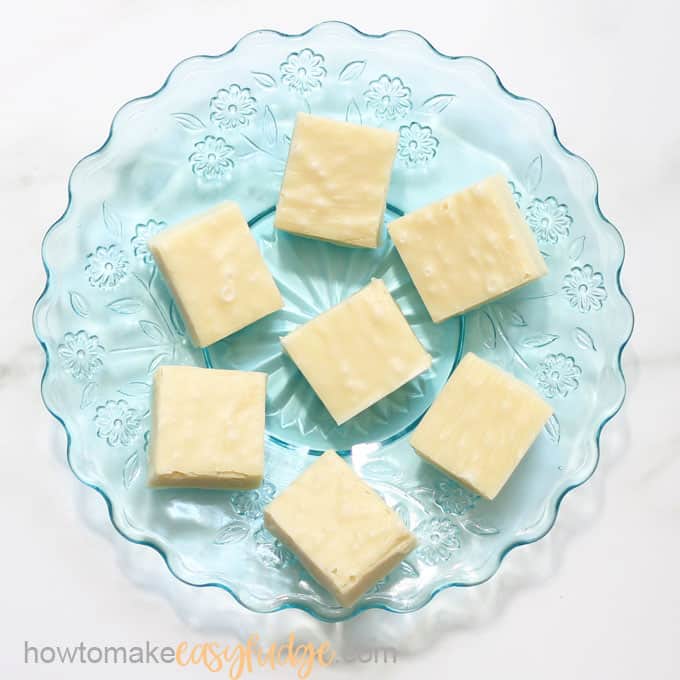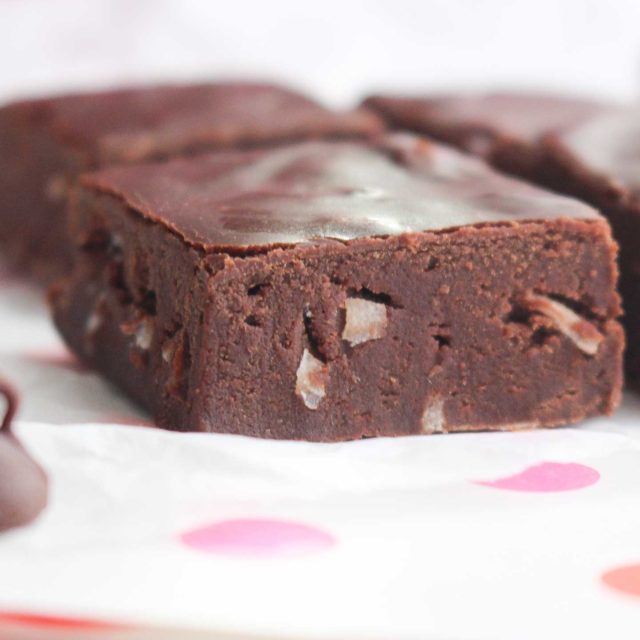
“As a former student here I learned early on that baking is actually a true science. Yes, that’s only a three-degree range! In order to ensure you remove your fudge from the heat as soon as it reaches this temperature, you should monitor the mixture with a candy thermometer. When you’re cooking your fudge over the stove, you should aim for a maximum temperature between 234-237✯. And if you heat the mixture too much, your fudge may be harder than you’d like. If you don’t heat your fudge to a high enough temperature, you’ll end up with a soft product. If you end up with soft fudge that turns into a puddle in your hands or hard fudge that is a bit reminiscent of a crunchy candy, improper temperature is likely to blame. Monitor the Temperature with a Candy Thermometer Smooth, creamy, and decadent fudge relies on proper technique, so keep these tips in mind when whipping up your next batch. Finally, you’ll remove the fudge from the heat, allow it to cool, and then mix thoroughly. Next, you’ll cook the mixture until it thickens. First, you’ll heat the ingredients to dissolve the sugar and create a homogenous mixture. No matter the exact ingredients you use, the fudge-making process will be similar. Many types of fudge also contain additional ingredients like chocolate, vanilla, or maple syrup, as well as mix-ins such as nuts and marshmallows. However, some recipes contain variations on these ingredients, like swapping sweetened condensed milk for the milk and sugar, or semi-sweet chocolate chips for some of the sugar. The simplest fudge recipes start with three ingredients found in many types of confections: sugar, butter, and milk. If you want to get a better hold on making fudge, join us as we dive into some of the culinary science that pastry arts students can explore during their time at Escoffier. However, making meltaway fudge isn’t always easy! If you don’t understand the proper techniques, you may end up with a grainy or crumbly rather than creamy confection. Leave to set in the fridge for about 2 hours before cutting into squares.What’s not to love about fudge? It melts in your mouth, coating your tongue in rich and creamy sweetness.

#VANILLA FUDGE RECIPE WITHOUT CONDENSED MILK HOW TO#

Measure all of your ingredients carefully.ģ.

Start with a clean, dry, and well-lit work area.Ģ. There’s no wrong way to make this classic treat.ġ. So next time you’re in the mood for some vanilla fudge, don’t be afraid to experiment with your ingredients and see what you can come up with.

This will give you a delicious and smooth fudge that’s perfect for any occasion. If you want to make vanilla fudge without condensed milk, simply substitute it for double cream in your recipe. This gives you a lot of options when it comes to making your fudge, and you can experiment until you find the perfect recipe for your taste. You can make it with or without condensed milk, and you can even use double cream instead. One of the great things about vanilla fudge is that it’s so versatile. Just a few ingredients are all you need to make this treat. Making vanilla fudge is easier than you might think – and it’s so delicious! This recipe uses condensed milk to create a smooth, creamy fudge that’s infused with vanilla flavour.


 0 kommentar(er)
0 kommentar(er)
